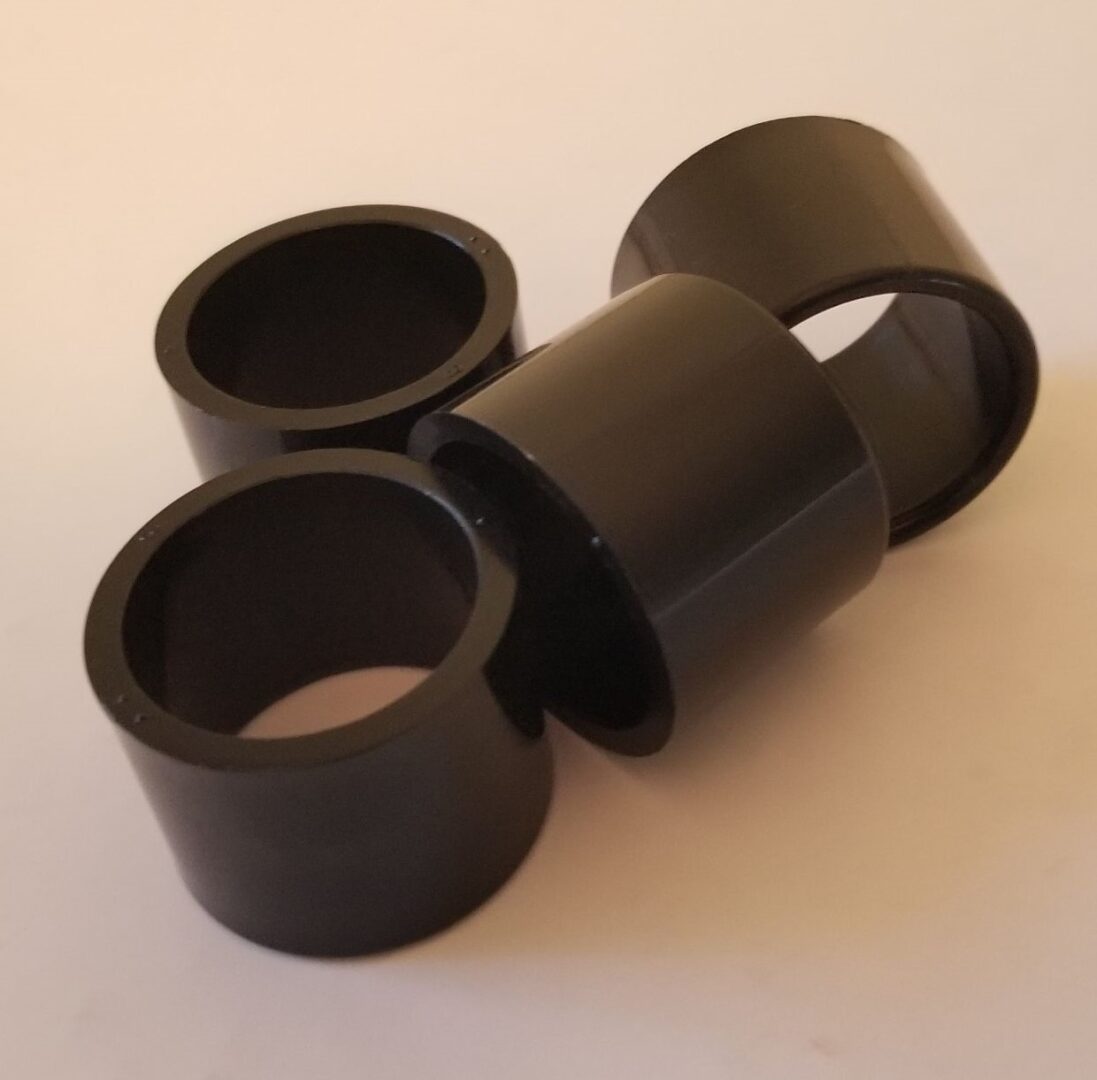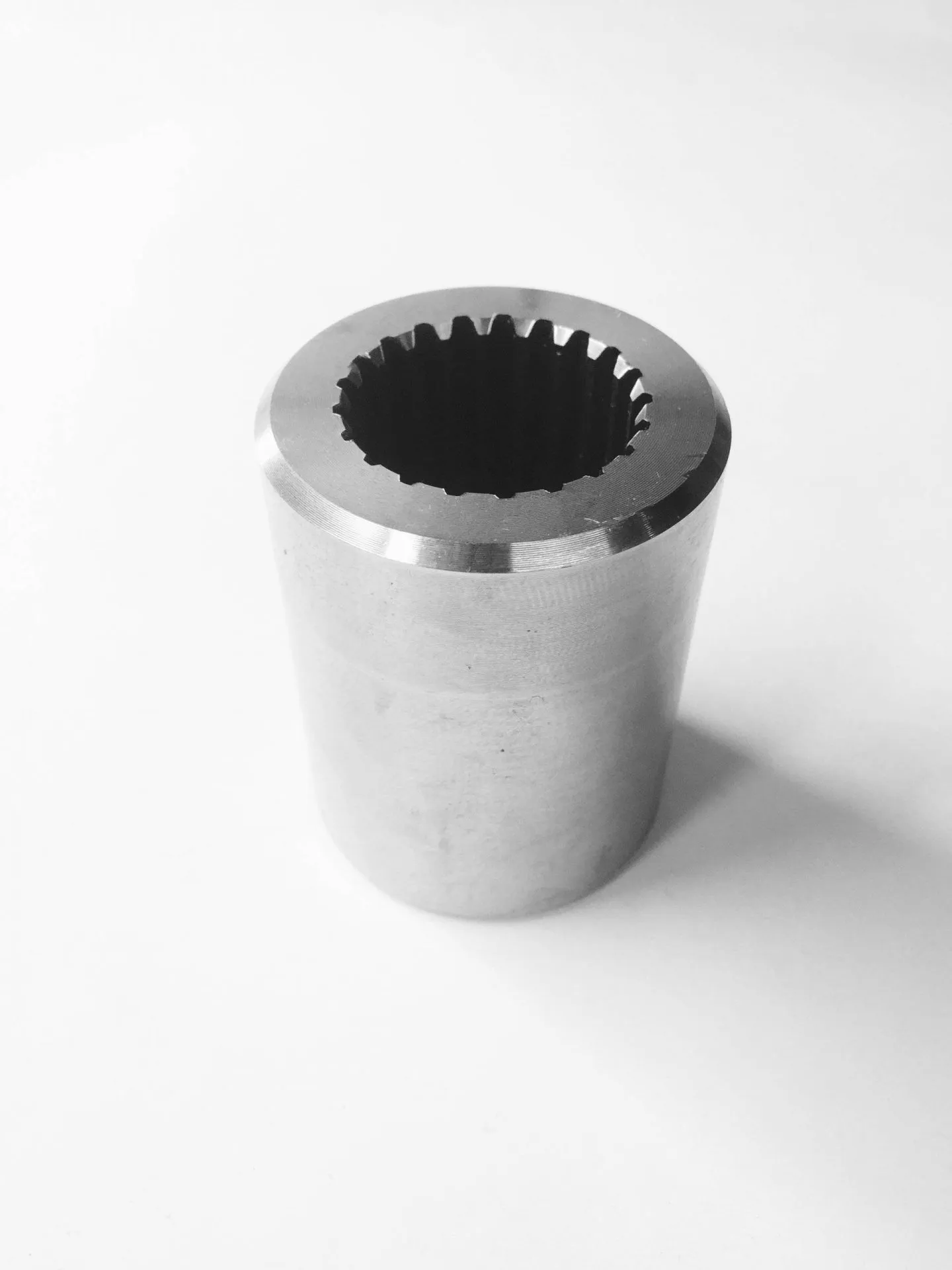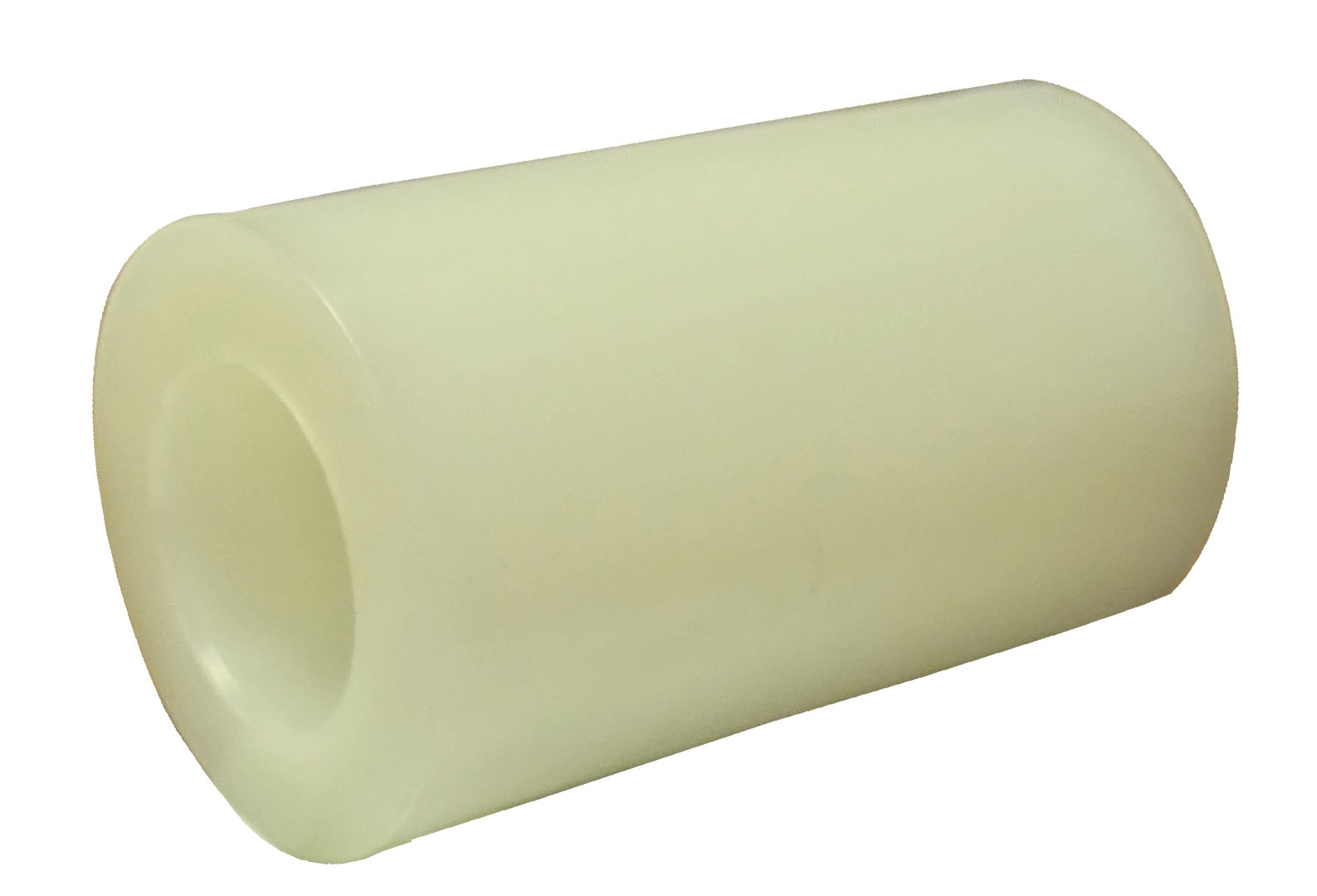
Where can I find online communities or forums discussing experiences with plastic bushings in specific applications?
Online communities and forums dedicated to discussing experiences with plastic bushings in specific applications can provide valuable insights and knowledge-sharing opportunities. Here are some places where you can find such communities:
- Engineering and Mechanical Forums: Online forums and communities focused on engineering, mechanical design, or specific industries often have dedicated sections or threads where professionals discuss various components, including plastic bushings. Platforms like Reddit, Stack Exchange, or specialized engineering forums allow users to post questions, share experiences, and seek advice from others in the field. Explore relevant subreddits or forums and search for topics related to plastic bushings or specific applications to find discussions and experiences shared by community members.
- Industry-Specific Forums: Depending on the specific application or industry you are interested in, there may be industry-specific forums or communities where professionals gather to discuss challenges, solutions, and experiences related to equipment components. These forums can be industry-specific platforms, professional association websites, or dedicated online communities. For example, if you are looking for discussions on plastic bushings used in automotive applications, you might find relevant forums on automotive engineering websites or automotive enthusiast communities.
- LinkedIn Groups: LinkedIn, a professional networking platform, hosts numerous industry-specific groups where professionals share insights, ask questions, and discuss various topics. Search for groups related to your specific application or industry that focus on mechanical engineering, equipment design, or maintenance. Join these groups and actively participate in discussions related to plastic bushings. Engaging with professionals in your field of interest can provide valuable perspectives and experiences.
- Online Machinery and Equipment Communities: Online communities or platforms dedicated to machinery and equipment enthusiasts or professionals can also be a source of information on plastic bushings. These communities may have dedicated sections or discussions related to components, maintenance, or troubleshooting. Explore machinery or equipment-focused websites, forums, or social media groups to find discussions or experiences shared by individuals who have worked with plastic bushings in specific applications.
- Manufacturer Websites and Support Forums: Manufacturers of plastic bushings sometimes have their own websites with support forums or discussion boards where users can post questions, share experiences, and seek advice. These forums may be specific to the manufacturer’s product line or cover broader topics related to plastic bushings. Visit the websites of manufacturers that produce the plastic bushings you are interested in and look for community sections or support forums where you can engage with other users and professionals.
When participating in online communities or forums, it’s important to respect community guidelines, ask specific questions, and provide relevant information about your application to receive targeted responses. Engaging with experienced professionals and learning from their experiences can help you gain valuable insights into the use of plastic bushings in specific applications and make informed decisions for your own projects.

Can I find information on the compatibility of plastic bushings with different shaft materials?
Yes, you can find information on the compatibility of plastic bushings with different shaft materials. It is important to consider the compatibility between the bushing material and the shaft material to ensure proper functioning, minimize wear, and prevent damage. Here are some sources where you can find information on the compatibility of plastic bushings with different shaft materials:
- Manufacturer Documentation: Manufacturers of plastic bushings often provide information about the compatibility of their bushings with various shaft materials. This information may be available in their technical documentation, catalogs, or product datasheets. Look for details on recommended shaft materials, material pairings to avoid, and any specific considerations or limitations regarding compatibility.
- Engineering Handbooks and Reference Guides: Engineering handbooks and reference guides related to tribology, materials science, or mechanical design can offer valuable insights into the compatibility of plastic bushings with different shaft materials. These resources may provide compatibility charts, tables, or guidelines based on material properties, surface finishes, lubrication requirements, and other relevant factors. Consult reputable handbooks or reference guides that cover the specific materials involved in your application.
- Online Databases and Technical Resources: There are online databases and technical resources dedicated to providing material compatibility information. These resources often include information on the compatibility of various materials, including plastic bushings and shaft materials. Examples include the MatWeb material database or material compatibility databases provided by material science organizations. Search for reliable online resources that have information on the compatibility of plastic bushings with different shaft materials.
- Consulting with Material Experts: If you require more specialized or specific information regarding the compatibility of plastic bushings with particular shaft materials, consider consulting with material experts or engineers who have expertise in the field of tribology or material science. These experts can provide guidance based on their knowledge and experience and help you determine the compatibility considerations for your specific application.
- Application Experience and Case Studies: Sometimes, information on the compatibility of plastic bushings with different shaft materials can be found through application experience and case studies. Industry forums, technical publications, or case study reports may provide insights into successful material pairings and real-world examples of compatibility. Engage with industry professionals, participate in relevant forums or communities, and explore technical literature to learn from others’ experiences and gain valuable information on material compatibility.
When assessing the compatibility between plastic bushings and shaft materials, factors such as material hardness, surface finish, lubrication, operating conditions, and expected loads should be taken into account. It is important to choose a plastic bushing material that is compatible with the specific shaft material to ensure proper functioning, minimize wear, and achieve the desired performance and lifespan of the bushing.
By utilizing the available resources and expertise, you can find information on the compatibility of plastic bushings with different shaft materials, enabling you to make informed decisions and select the appropriate bushing and shaft combination for your application.

Are there different types of plastic materials used in manufacturing plastic bushings, and how do they affect performance?
Yes, there are different types of plastic materials used in manufacturing plastic bushings, and the choice of material can significantly affect their performance. Here are some common types of plastic materials used in plastic bushings and how they can impact performance:
- Nylon: Nylon is a widely used material for plastic bushings. It offers good wear resistance, low friction, and excellent load-carrying capacity. Nylon bushings are self-lubricating, reducing the need for additional lubrication. They are suitable for a wide range of applications and can operate in both dry and lubricated conditions.
- PTFE (Polytetrafluoroethylene): PTFE, commonly known by the brand name Teflon, is a high-performance plastic material with exceptional low-friction properties. PTFE bushings have excellent chemical resistance, operate well in high-temperature environments, and exhibit low wear rates. They are often used in demanding applications where high precision and low friction are critical.
- UHMW (Ultra-High-Molecular-Weight Polyethylene): UHMW is a durable and tough plastic material known for its high impact strength and abrasion resistance. UHMW bushings offer low friction, good chemical resistance, and excellent wear properties. They are commonly used in applications involving heavy loads, impact, or abrasive conditions.
- POM (Polyoxymethylene): POM, also known as acetal or Delrin, is a high-strength engineering plastic with good dimensional stability and low friction. POM bushings exhibit low moisture absorption, excellent wear resistance, and a low coefficient of friction against metal surfaces. They are suitable for applications requiring high precision, low wear, and resistance to moisture or chemicals.
- Composite Polymers: Composite polymers are materials that combine different plastic resins or incorporate reinforcing fibers or fillers. These composite materials can offer enhanced mechanical properties such as increased strength, improved wear resistance, or reduced friction. Composite polymer bushings are tailored for specific applications, and the choice of composite formulation depends on the desired performance characteristics.
The choice of plastic material for a specific application depends on various factors, including the operating conditions, load requirements, temperature range, speed, and environmental factors. Each plastic material has its own unique properties and advantages, which make them suitable for specific applications. For example, nylon bushings may be preferred for their balanced performance and versatility, while PTFE bushings excel in applications requiring low friction and high temperature resistance.
When selecting a plastic material for bushings, it’s important to consider factors such as load capacity, wear resistance, coefficient of friction, chemical resistance, temperature range, and compatibility with mating surfaces. Manufacturers and suppliers of plastic bushings can provide guidance on selecting the appropriate material based on your specific application requirements.
It’s worth noting that the performance of plastic bushings can be influenced by factors such as design considerations, surface finish, mating materials, and operating conditions. Proper installation, regular maintenance, and adherence to manufacturer guidelines are crucial for achieving optimal performance and longevity of plastic bushings in industrial applications.
By understanding the different types of plastic materials available and their impact on performance, you can make informed decisions when selecting plastic bushings for your specific application needs.


editor by CX 2024-04-23